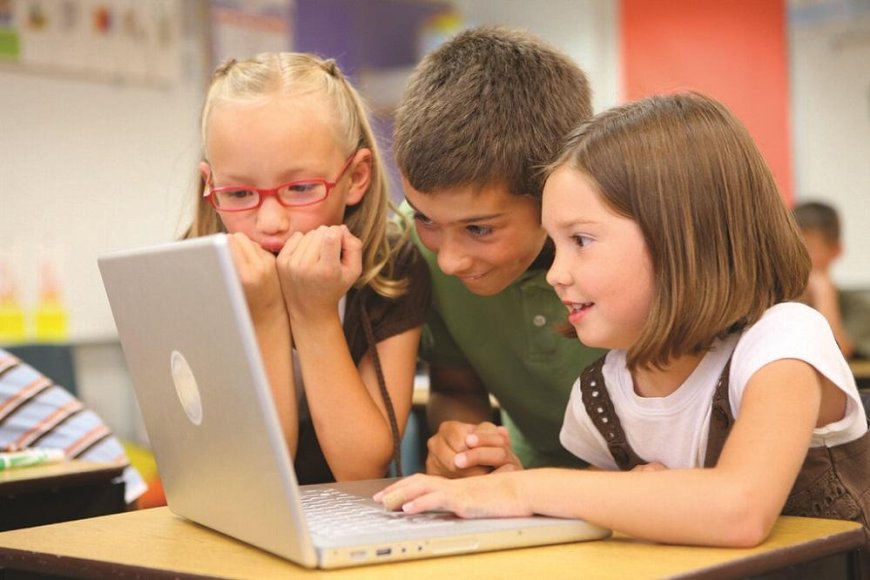Gestures help students remember words
A faster and more lasting way to learn the words is in connection with gestures, studies show. Gestures help students remember words.

When you learn a new language, you have to learn many new words. But how do you do it best? Generations of students have studied glossaries with mixed success. It takes time, is laborious and yet the words that could recently be memorized are quickly forgotten. A faster and more lasting way to learn the words is in connection with gestures, studies show. Gestures help students remember words.
Learning new words is a key factor in second language learning. Still, it is difficult to find effective ways to learn. Second language speakers who have become fluent in their new language can probably activate the second language's ideas behind the words and the words themselves directly. Recording words through translations from the mother tongue delays and complicates communication. But beginners seem to go this route even though studies have shown that they too can link second language words directly to notions behind them. Would it be possible to strengthen this direct connection already at the beginning of learning?
Remembering through different codes increases the chance of remembering
It seems that the more we process the meaning of the word, the deeper it goes. Research has shown that you learn new words better in connection with pictures than just through translations from the mother tongue. Learning is also promoted by creating an inner image of the words, that is, by imagining what the word describes.
According to what in English is called "the Dual Coding Theory", two separate but linked memory tracks are formed when a word is memorized together with an image. Having access to two alternative paths obviously increases the chance of remembering the word. If so, gestures could also support the learning process and it may even be even more effective because they are also associated with areas of the brain that process sensorimotor information.
Speaking is a bodily phenomenon
When we speak, we are in motion. We use not only the mouth and speech organs, but also the rest of the body. The spoken language consists of speech, gestures, facial expressions, hand and body movements. It is a stream of audio-visual information that constitutes our communication.
That gestures are an obvious part of speech becomes clear because we gesture even in situations when the recipient does not see us, for example during a telephone call. We wave our hands, use the imaginary space in front of us to place invisible objects, highlight the important, and make the abstract more comprehensible. Language is multimodal. Gestures and language form a system.
Must Read: Alternative to Whatsapp for Chat Apps- Pros and Cons
Seeing gestures helps the most
Can gestures, which are a natural part of the language, promote vocabulary learning? In recent times, several studies have examined this issue (see sources). A research group showed, for example, that word learning is also more successful in the long term when the learner learns the words in connection with gestures.
Experimental participants learned Japanese verbs better when they saw the teacher perform a gesture in connection with the word explanation than when the teacher only told what the word meant. This effect appeared immediately after the test but also a week later. However, it did not matter whether the participants themselves were allowed to produce gestures or not.
The gestures used were what in research are called iconic gestures. These are gestures that illustrate concrete objects or activities, for example when you hold an invisible glass with your hands to your mouth to illustrate the verb "drink".
Other studies also showed similar results. Overall, the studies show that gestures help those who learn a new language to remember words and this also in the long term.
How to teach words in the best way:
- Show pictures of what the word means when you introduce a new word. Picture and word form different memory tracks and it increases the chance of finding the word when the student needs to use it. There are many picture dictionaries in the trade that can be helpful.
- Even an inner image says more than a thousand words. Ask your students to imagine what the word means and they learn the word better than by simply studying it translated in a dictionary.
- Even better than showing pictures is if you illustrate the new word with an appropriate gesture. It is important that words and gestures match and that you do not make an arbitrary movement. When you want to illustrate "drinking", you should do something that is somewhat similar to drinking and not just wave your hand.
- Show the same gesture often along with the word so that they are associated with each other.
